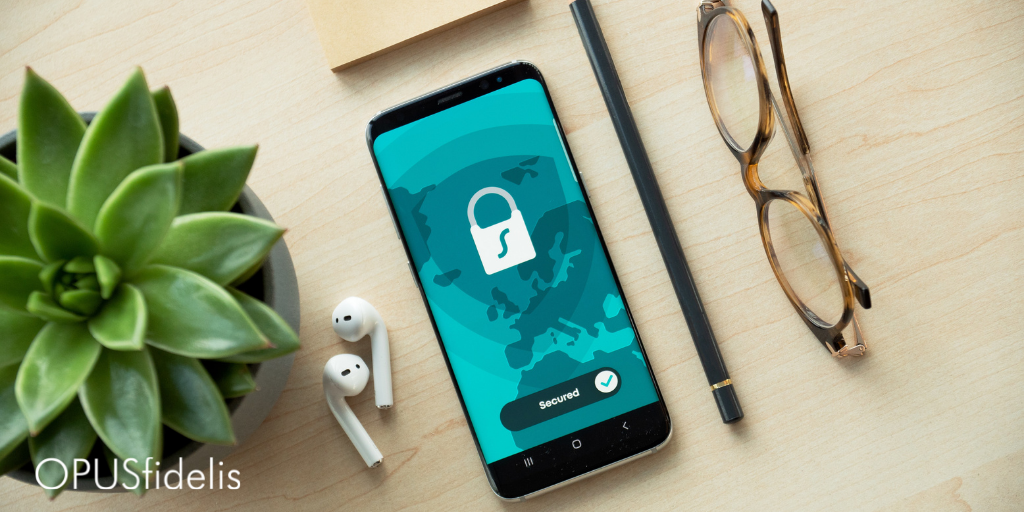Did you know that for the last 18 years, the United States has recognized October as Cybersecurity Awareness Month? To encourage safe internet browsing this month, the Better Business Bureau put together a list of seven things you can do to protect yourself online.
1. Share with care: What you post can last a lifetime, so think about who will see your posts and photos, how they will be perceived, and what information they reveal about you.
2. Own your online presence: Set the privacy and security settings on web services and devices to your comfort level for information sharing. It’s OK to limit how and with whom you share information.
3. Value your personal information: Think of your personal information like money: value and protect it. Be careful what sites you visit and be sure you are on a legitimate site before entering personal information. Be especially wary of communications that implore you to act immediately.
4. Make your passwords long and strong: Use long passwords with a combination of upper and lower case letters, numbers, and symbols – eight characters for most accounts, twelve characters for email and financial accounts. Don’t use the same password for multiple accounts, especially email and financial. Keep a paper list of your passwords in a safe place, not on or near your computer. Consider using a password vault application.
5. Lockdown your login: For your online accounts, use the strongest authentication tools available. Your usernames and passwords are not enough; consider two-factor authentication for key accounts like email, banking, and social media, especially for access on mobile devices.
6. Don’t click on unfamiliar links: Whether at home or at work, don’t click on links from unfamiliar sources or unexpected correspondence. One false click can infect a whole computer.
7. Pay attention to your Internet-connected devices: Smart thermostats, voice control systems, cars, even refrigerators are just the beginning of the growing list of devices that watch our homes and track our location. Read the privacy policy and understand what data is collected, how it will be used, and how it is protected.


